Find Help
More Items From Ergsy search
-

FFR-CT beat invasive conventional coronary angiography says a Cardiologist
Relevance: 100%
-
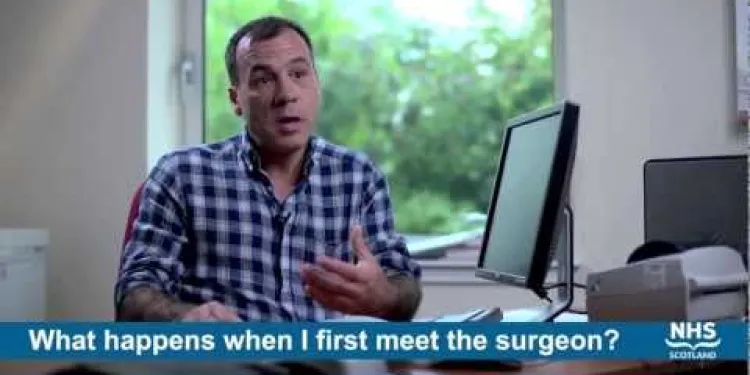
Coronary Bypass Grafting (CABG)
Relevance: 28%
-
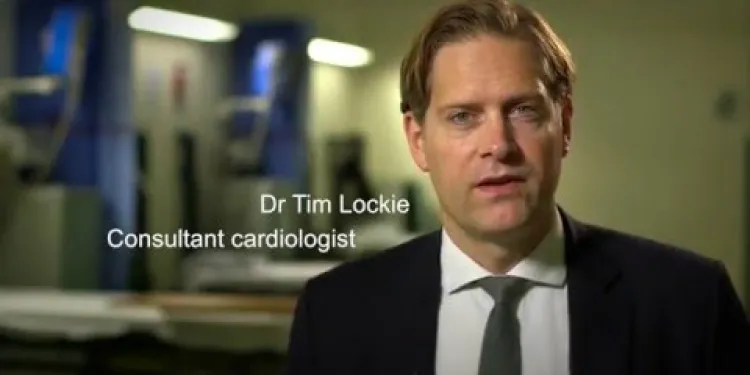
Introduction to coronary angiogram and stenting
Relevance: 26%
-
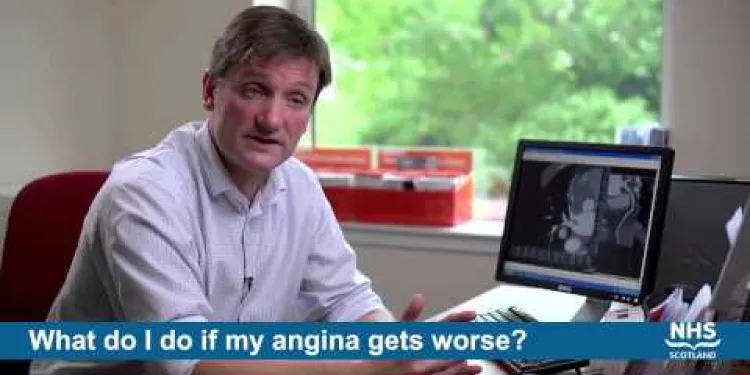
Intro to Angiograms, Angioplasty & Coronary Bypass Grafting
Relevance: 26%
-

What are minimally invasive procedures for BPH?
Relevance: 23%
-

What kind of footage is considered an invasion of privacy?
Relevance: 22%
-
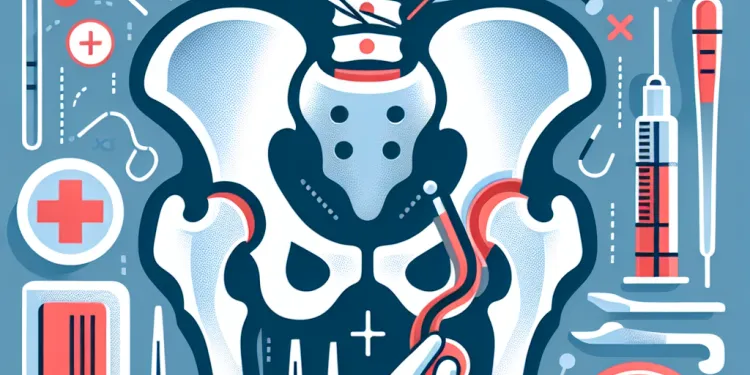
What is minimally invasive hip replacement surgery?
Relevance: 22%
-
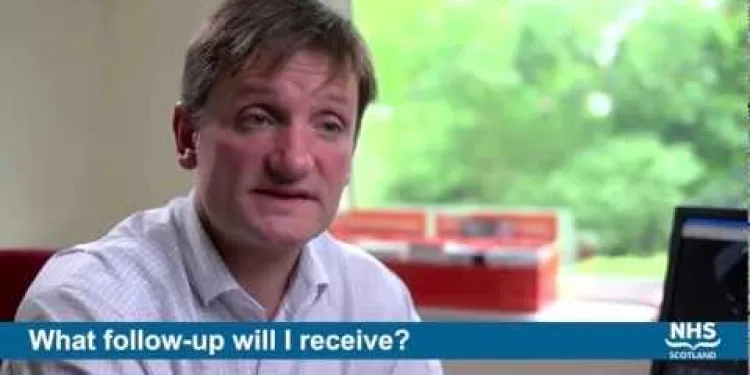
Before Angioplasty
Relevance: 12%
-

What is angina and how is it treated?
Relevance: 11%
-
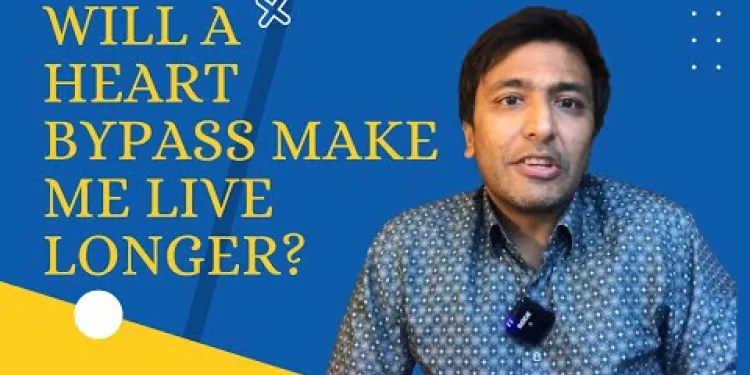
Will a heart bypass make me live longer?
Relevance: 10%
-

Heart stents
Relevance: 10%
-

Cardiac Physiology Walkthrough
Relevance: 9%
-

What causes heart failure?
Relevance: 9%
-

What are the treatment options for BPH?
Relevance: 8%
-
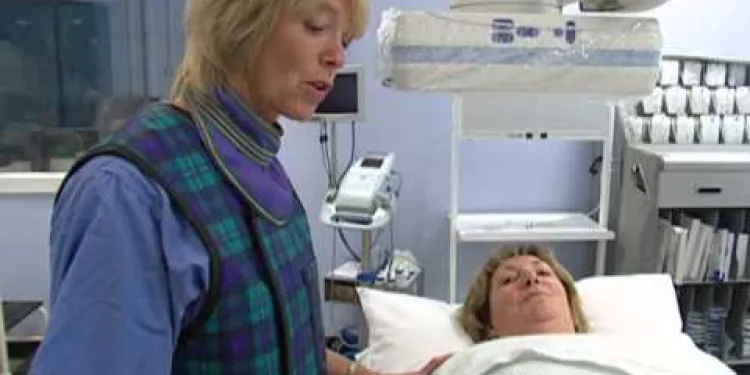
Having a CT Angiogram
Relevance: 8%
-

When is surgery recommended for BPH?
Relevance: 7%
-

How is thrombosis diagnosed?
Relevance: 7%
-

Are there privacy laws that protect me from neighbor's cameras?
Relevance: 7%
-

Heart failure introduction
Relevance: 6%
-
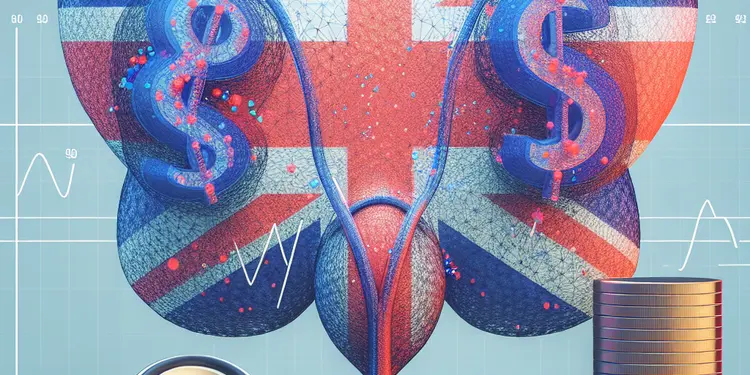
what is benign prostate hyperplasia (non-cancerous)?
Relevance: 6%
-
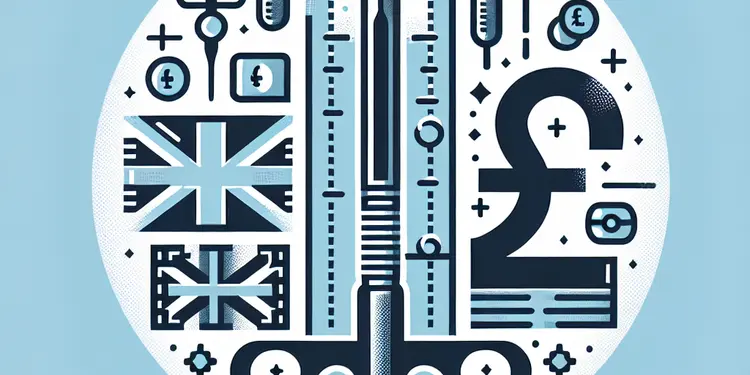
How does surgery treat prostate cancer?
Relevance: 6%
-

Heart Failure : Symptoms of heart failure
Relevance: 6%
-
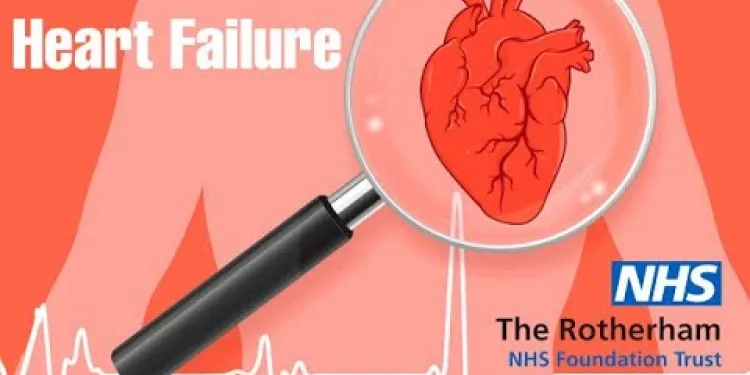
Heart Failure : When the heart becomes stiff?
Relevance: 5%
-

How can I stop my neighbour's security camera pointing at my property?
Relevance: 5%
-
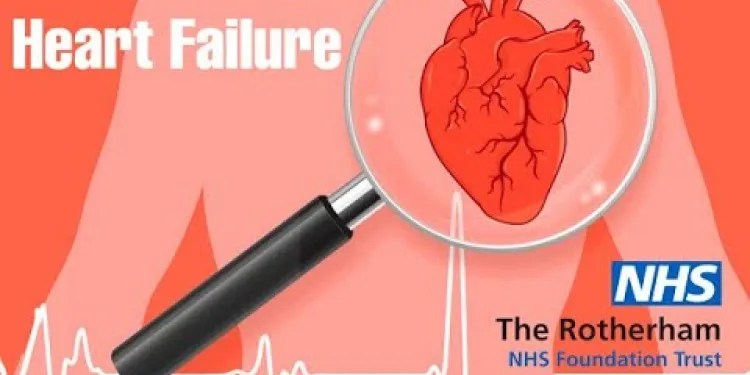
Heart Failure : What is heart failure?
Relevance: 5%
-

How does cryotherapy work in treating prostate cancer?
Relevance: 5%
-

Heart Failure : Heart failure that cannot pump
Relevance: 5%
-

What are the symptoms of arterial thrombosis?
Relevance: 5%
-
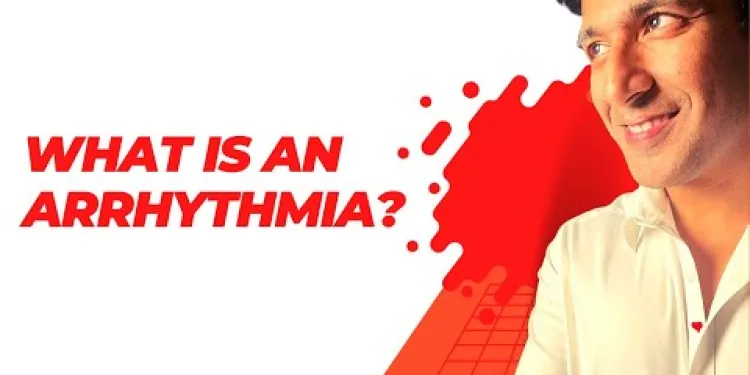
What exactly is an arrhythmia?
Relevance: 5%
-

Heart Failure : The normal heart
Relevance: 5%
-
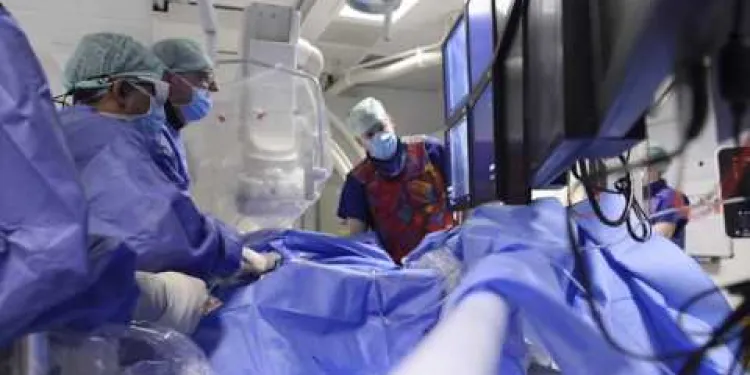
What is it like having a Transcutaneous Aortic Valve Implant (TAVI)?
Relevance: 5%
-
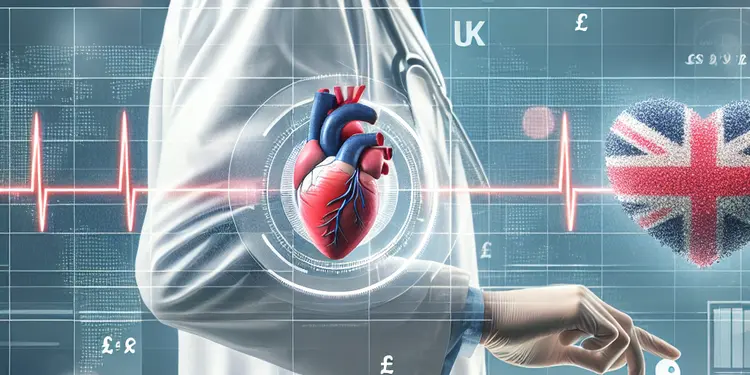
How is heart failure diagnosed?
Relevance: 5%
-
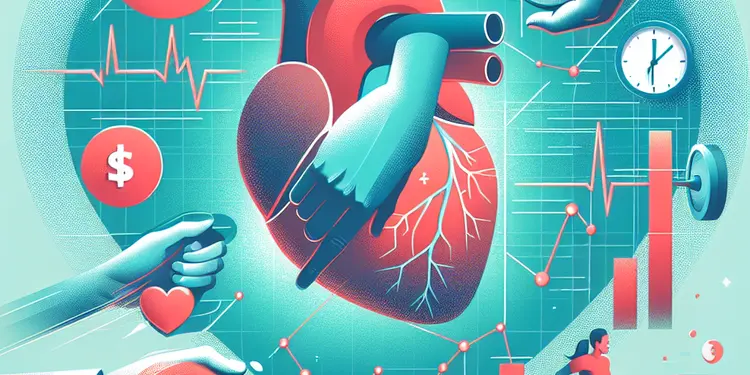
Can physical exertion trigger a heart attack?
Relevance: 5%
-
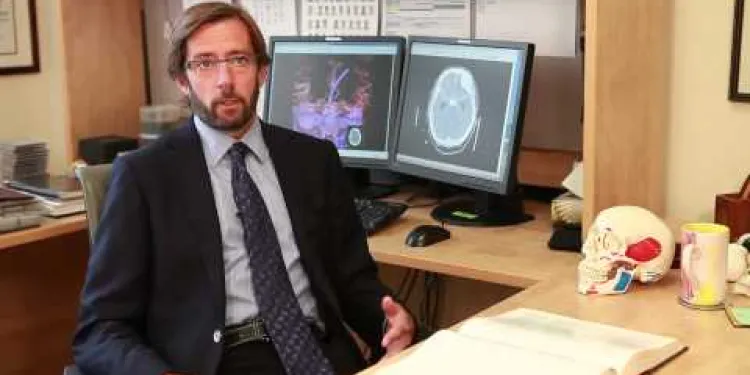
What is a Subarachnoid Hemorrhage?
Relevance: 4%
-

Are non-surgical facelifts effective?
Relevance: 4%
-

How can I kill bamboo in my garden?
Relevance: 4%
-
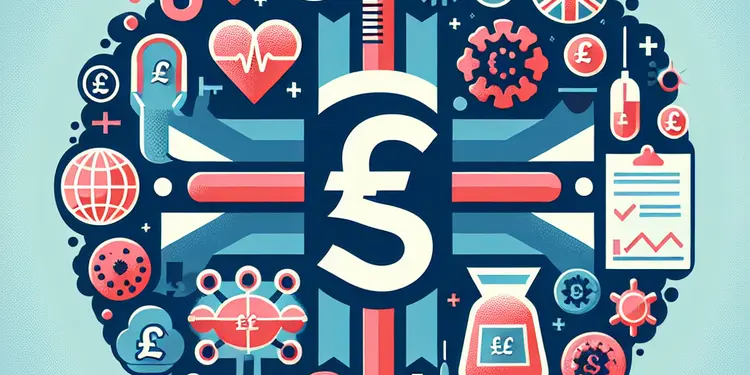
What alternative methods exist to screen for colorectal cancer?
Relevance: 4%
-
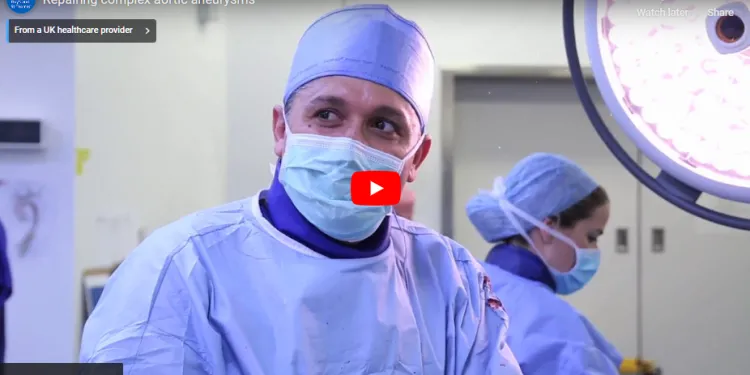
Repairing complex aortic aneurysm
Relevance: 4%
-

Can heart failure be prevented?
Relevance: 4%
-
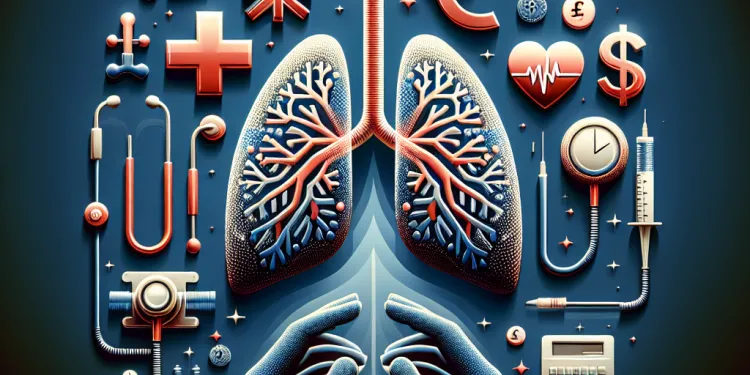
What is a pulmonary embolism?
Relevance: 4%
FFR-CT Beats Invasive Conventional Coronary Angiography Says a Cardiologist
Understanding FFR-CT
Fractional Flow Reserve using Computed Tomography (FFR-CT) is a non-invasive imaging technique that helps in assessing the significance of coronary artery disease. This method combines anatomical imaging from a CT (Computed Tomography) scan with computational fluid dynamics to gauge blood flow and pressure in coronary arteries. It allows physicians to identify potential blockages that might impede normal blood flow to the heart. This innovative technique is increasingly preferred in the UK due to its non-invasive nature and precise diagnostics.
Advantages Over Conventional Coronary Angiography
Traditionally, coronary angiography has been the gold standard for diagnosing coronary artery disease. However, it requires inserting a catheter into the coronary arteries, which carries inherent risks such as bleeding, infection, and even artery damage. FFR-CT sidesteps these risks by providing detailed arterial images and physiological assessments through non-invasive means. According to leading cardiologists in the UK, this makes FFR-CT not only safer but also more patient-friendly.
Clinical Implications in the UK
With the UK's healthcare system constantly striving for improved patient outcomes and efficiency, adopting FFR-CT is a significant step forward. By potentially reducing the need for invasive procedures, the NHS can allocate resources more effectively while ensuring patient safety. Furthermore, the ability of FFR-CT to rapidly diagnose the severity of coronary artery lesions ensures timely and accurate treatments, reducing overall healthcare costs and improving quality of life for patients.
The Future of Cardiac Diagnostics
As FFR-CT technology continues to evolve, it is likely to become a cornerstone in cardiac diagnostics. Enhanced imaging capabilities and AI-driven analysis are expected to further improve the accuracy and reliability of this technique. For patients in the UK, the shift towards FFR-CT represents a move towards safer, quicker, and more cost-effective cardiac care.
FFR-CT is Better Than Traditional Heart Tests, Says a Heart Doctor
What is FFR-CT?
FFR-CT is a special kind of scan that checks your heart without any surgery. It uses a CT scanner to take pictures of your heart. A computer helps understand how blood moves in your heart. This helps doctors see if there are any parts of your heart's blood vessels that are blocked. FFR-CT is popular in the UK because it is safe and gives doctors clear answers.
Why is FFR-CT Better?
Before, doctors used a test called coronary angiography to check the heart. This test needed a tube put into the heart's blood vessels, which could sometimes be risky. FFR-CT does not need this tube, so it is safer. UK heart doctors think FFR-CT is safer and easier for patients.
Why is This Important in the UK?
In the UK, hospitals want to help patients get better while using resources wisely. FFR-CT helps by reducing the need for risky procedures. This saves money and makes it easier for doctors to treat patients quickly. Patients can feel better sooner because they get the right treatment on time.
The Future of Heart Tests
FFR-CT is getting better and better. As it keeps improving, it will help doctors check hearts more safely and quickly. In the UK, using FFR-CT means heart care will be safer, faster, and cheaper for people.
Frequently Asked Questions
What is FFR-CT?
FFR-CT (Fractional Flow Reserve Computed Tomography) is a non-invasive imaging technique that evaluates the blood flow and pressure in coronary arteries using computed tomography (CT) scans.
How does FFR-CT differ from conventional coronary angiography?
FFR-CT uses advanced CT imaging and computer modelling to assess coronary artery disease, whereas conventional coronary angiography is an invasive procedure using catheters and contrast dye to visualize the arteries.
Why would a cardiologist recommend FFR-CT over invasive angiography?
Cardiologists may prefer FFR-CT for its non-invasive nature, shorter recovery times, and ability to provide both anatomical and functional assessment of coronary arteries without the risks associated with invasive procedures.
What are the benefits of using FFR-CT?
Benefits of FFR-CT include reduced procedural risk, avoidance of hospital stays, quicker turnaround times for results, and a comprehensive assessment of coronary artery disease.
Is FFR-CT as accurate as invasive coronary angiography?
FFR-CT has been shown to provide high diagnostic accuracy and can effectively identify functionally significant coronary artery disease, making it a reliable alternative to invasive angiography.
What preparations are needed for an FFR-CT scan?
Patients typically need to fast for a few hours before the scan and may be required to avoid caffeine or other stimulants. Specific instructions will be provided by the healthcare provider.
How long does an FFR-CT scan take?
The entire process, including preparation and the actual scan, usually takes around 60 to 90 minutes.
Will I need contrast dye for an FFR-CT scan?
Yes, a contrast dye is typically used during an FFR-CT scan to enhance the visibility of coronary arteries in the images.
Are there any risks associated with FFR-CT?
FFR-CT is generally safe. However, there are minor risks such as allergic reactions to contrast dye and exposure to radiation, similar to other CT scans.
Can all patients undergo FFR-CT?
Most patients can undergo FFR-CT, but it may not be suitable for those with severe allergic reactions to contrast dye, kidney problems, or uncontrolled heart conditions. The cardiologist will assess individual suitability.
How soon will I get the results from an FFR-CT scan?
Results are usually available within a few days as the images need to be analyzed and interpreted by specialists.
Will FFR-CT show the same details as conventional angiography?
FFR-CT provides detailed anatomical and functional information about coronary arteries, though it may not show minor structural details as vividly as conventional angiography.
Is FFR-CT covered by the NHS?
As of now, FFR-CT is increasingly being adopted within the NHS, but coverage may vary by region and specific clinical policies.
Do I need a referral from a GP to get an FFR-CT scan?
Typically, a referral from a GP or a cardiologist is required to undergo an FFR-CT scan.
What should I do if my FFR-CT results indicate coronary artery disease?
If FFR-CT results indicate coronary artery disease, the cardiologist will discuss the findings and recommend appropriate treatment, which may include lifestyle changes, medications, or further invasive procedures if necessary.
What is FFR-CT?
FFR-CT is a test for your heart. It looks at how well blood moves through your heart. Doctors use it to see if your heart is healthy.
Helpful tip: You can use pictures or videos to understand FFR-CT better.
FFR-CT uses a special kind of scan called a CT scan. It checks how blood moves through the heart's arteries without needing surgery. It also looks at the blood pressure in these arteries.
What is different between FFR-CT and regular coronary angiography?
FFR-CT is a special kind of picture made by a computer. It looks at the heart's arteries to see if there are any problems. It is different from the usual way doctors check arteries, which uses a tube and a special dye to take pictures inside the body.
Why might a heart doctor choose FFR-CT instead of invasive angiography?
A heart doctor, also called a cardiologist, checks how well your heart is working.
FFR-CT is a special type of heart test that looks at blood flow.
It is not painful because it uses a computer to look inside your heart.
Invasive angiography is another heart test that needs a tube to go into your blood vessels.
This can sometimes be uncomfortable and take longer to heal.
The heart doctor might pick FFR-CT because it is easier and less painful.
Tools like pictures, videos, or talking about it with someone can help you understand more.
Heart doctors like FFR-CT because it is gentle and does not need surgery. People feel better faster, and it gives a good look at the heart's blood vessels without the risks of surgery.
What are the good things about using FFR-CT?
FFR-CT is a test for your heart. It helps doctors see how well blood flows to your heart. Here are some good things about it:
- No Need for Surgery: FFR-CT doesn’t need surgery. It's safe and doesn’t hurt.
- Quick Results: It gives answers fast. Doctors can understand what's happening with your heart quickly.
- Better Decisions: It helps doctors make better choices to help you feel better.
It can be a good idea to talk to a doctor or nurse about FFR-CT. They can explain it more.
You can also ask someone to help read words you don’t know.
FFR-CT is good because it is safer, you don't need to stay in the hospital, you get your results faster, and it helps doctors see how your heart arteries are working.
Is FFR-CT as good as invasive coronary angiography?
FFR-CT is a test for the heart. It works well to find heart problems. It can show if arteries (blood tubes in the heart) are too narrow. This way, doctors may not need to do a more difficult test called 'invasive angiography'.
What should you do to get ready for an FFR-CT scan?
People need to stop eating for a few hours before the scan. They might also need to stay away from coffee or things that make them feel awake. The doctor will tell you what to do.
How long does an FFR-CT scan take?
An FFR-CT scan takes about 1 hour. This is the time for the scan and the waiting.
If you get nervous, try some deep breathing to feel calm. You can also bring a friend to help you feel better.
Bring your favorite book or music to pass the time while you wait.
The whole process takes about 1 to 1 and a half hours. This includes getting ready and the scan itself.
Do I need special dye for an FFR-CT scan?
Yes, doctors use a special dye during an FFR-CT scan. This dye helps them see your heart's blood vessels better in the pictures.
Is FFR-CT safe?
FFR-CT is usually safe. Most people do not have problems. It is important to talk to your doctor. They can tell you what to expect.
Support Tips:
- Ask questions if you do not understand.
- Bring someone with you to your appointment.
- Use pictures to help explain things.
FFR-CT is usually safe. But there can be small risks. Some people might have an allergy to the special dye used. Like other CT scans, there is a bit of radiation.
Can all people have an FFR-CT test?
Not everyone can have an FFR-CT test. Some people can, and some people cannot. Doctors decide who can have the test. It depends on different things about your health.
If you are not sure, ask your doctor. They can help you understand it better.
If reading is hard, you can ask someone to help you. You can also use audio books or apps that read out loud.
Most people can have an FFR-CT test. But some people should not have it. It might not be good for you if:
- You are very allergic to the dye used in the test.
- You have kidney problems.
- You have heart problems that are not under control.
Your heart doctor will decide if this test is right for you.
When will I get the FFR-CT scan results?
You might get your FFR-CT scan results quickly, but it can sometimes take a few days. A doctor will look at the scan first. If you want to know more, you can ask your doctor when to expect the results.
It might help to write down your questions or ask a friend or family member to help you remember the answers.
You should get the results in a few days. Experts need time to look at the pictures and understand them.
Does FFR-CT show the same details as conventional angiography?
FFR-CT shows important pictures of the heart's blood tubes. It tells us how they look and work. But, it might not show small details as clearly as other tests.
Does the NHS pay for FFR-CT?
FFR-CT is a special heart test.
To find out if the NHS pays for FFR-CT:
- Ask your doctor. They can help you.
- Check with your hospital.
Using these helpful tips can make it easier:
- Ask a friend or family member to go with you.
- Write down your questions before you ask someone.
Right now, more NHS places are using FFR-CT. But not everyone may have it yet. It depends on where you live and the health rules there.
Do I need a letter from my doctor to get an FFR-CT scan?
If you want an FFR-CT scan, ask your doctor. Your doctor can give you a letter you might need. This letter is called a referral. It helps you get the scan.
You can also ask someone you trust to help you understand this. They can talk to the doctor with you.
You usually need a letter from your doctor or heart specialist to get an FFR-CT scan.
What to Do if My Test Shows Heart Artery Problems
If the FFR-CT test shows heart problems, the heart doctor will talk to you about it. They will suggest ways to help, like changing some daily habits, taking medicine, or doing more tests if needed.
Useful Links
- Ergsy carfully checks the information in the videos we provide here.
- Videos shown by Youtube after a video has completed, have NOT been reviewed by ERGSY.
- To view, click the arrow in centre of video.
- Most of the videos you find here will have subtitles and/or closed captions available.
- You may need to turn these on, and choose your preferred language.
- Go to the video you'd like to watch.
- If closed captions (CC) are available, settings will be visible on the bottom right of the video player.
- To turn on Captions, click settings .
- To turn off Captions, click settings again.
More Items From Ergsy search
-

FFR-CT beat invasive conventional coronary angiography says a Cardiologist
Relevance: 100%
-

Coronary Bypass Grafting (CABG)
Relevance: 28%
-

Introduction to coronary angiogram and stenting
Relevance: 26%
-

Intro to Angiograms, Angioplasty & Coronary Bypass Grafting
Relevance: 26%
-

What are minimally invasive procedures for BPH?
Relevance: 23%
-

What kind of footage is considered an invasion of privacy?
Relevance: 22%
-

What is minimally invasive hip replacement surgery?
Relevance: 22%
-

Before Angioplasty
Relevance: 12%
-

What is angina and how is it treated?
Relevance: 11%
-

Will a heart bypass make me live longer?
Relevance: 10%
-

Heart stents
Relevance: 10%
-

Cardiac Physiology Walkthrough
Relevance: 9%
-

What causes heart failure?
Relevance: 9%
-

What are the treatment options for BPH?
Relevance: 8%
-

Having a CT Angiogram
Relevance: 8%
-

When is surgery recommended for BPH?
Relevance: 7%
-

How is thrombosis diagnosed?
Relevance: 7%
-

Are there privacy laws that protect me from neighbor's cameras?
Relevance: 7%
-

Heart failure introduction
Relevance: 6%
-

what is benign prostate hyperplasia (non-cancerous)?
Relevance: 6%
-

How does surgery treat prostate cancer?
Relevance: 6%
-

Heart Failure : Symptoms of heart failure
Relevance: 6%
-

Heart Failure : When the heart becomes stiff?
Relevance: 5%
-

How can I stop my neighbour's security camera pointing at my property?
Relevance: 5%
-

Heart Failure : What is heart failure?
Relevance: 5%
-

How does cryotherapy work in treating prostate cancer?
Relevance: 5%
-

Heart Failure : Heart failure that cannot pump
Relevance: 5%
-

What are the symptoms of arterial thrombosis?
Relevance: 5%
-

What exactly is an arrhythmia?
Relevance: 5%
-

Heart Failure : The normal heart
Relevance: 5%
-

What is it like having a Transcutaneous Aortic Valve Implant (TAVI)?
Relevance: 5%
-

How is heart failure diagnosed?
Relevance: 5%
-

Can physical exertion trigger a heart attack?
Relevance: 5%
-

What is a Subarachnoid Hemorrhage?
Relevance: 4%
-

Are non-surgical facelifts effective?
Relevance: 4%
-

How can I kill bamboo in my garden?
Relevance: 4%
-

What alternative methods exist to screen for colorectal cancer?
Relevance: 4%
-

Repairing complex aortic aneurysm
Relevance: 4%
-

Can heart failure be prevented?
Relevance: 4%
-

What is a pulmonary embolism?
Relevance: 4%


